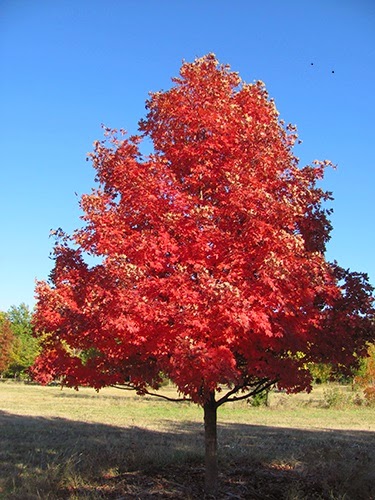Beef Herd Management Guidelines
By Sandra L. Wick, Crop Production Agent
Now that County Fair season has come to a close around Kansas, it won’t be long and schools will start soon! It doesn’t seem possible……where has the summer gone! With that, the fall season brings several management guidelines for cattle herds here in north central Kansas. We have certainly been blessed with moisture to help with the pastures for our feed supplies, but soon it will be time to move the cattle off of the summer pastures. August and September is when forages are maturing rapidly and weaning time can be appropriate, however the weather dictates several of these key management decisions, according to Dr. Dale Blasi, K-State Research and Extension, beef specialist.Blasi stresses that your cowherd nutrition is one of the costliest production inputs so it is essential that you check this periodically to make sure it is adequate for your cow herd. Provide ample amounts of clean, fresh drinking water and consider limited-intake creep feeding if drought conditions develop and persist. Grain prices are relatively low so take advantage of creep feeding as the value of this gain allows for some economic benefits.
Here are some tips for successful limited-intake creep feeding:
- Limit duration to last 30 to 75 days before weaning.
- Limit intake to less than 2 pounds/head/day.
- Use an ionophore or other feed additive to maximize efficiency.
- Protein level should be equal to or greater than 16%.
- High salt levels may help limit intake, but can be tough on feeders.
Don’t forget about mineral supplementation and adequate vitamins in the ration as well. You might also consider using a medicated trace mineral package. It is also important to consider vaccinating for pinkeye and IBR along with controlling face flies. Providing ample shade is also critical for preventing heat stress.
For other health guidelines, be sure and vaccinate suckling calves for IBR, BVD, PI3, BRSV, and possibly pasteurella at least three weeks prior to weaning along with re-vaccinating all calves for blackleg. For your replacement heifers, vaccinate for brucellosis at 4 to 10 months of age as well as monitoring and treating for foot rot. In addition, look for unsound cows that need to be culled from the herd.
Even though the grazing season is at the tail end, there is still some management guidelinesyou can follow to extend the season a little longer especially with our abundant moisture. Enhance grazing distribution with mineral mixture placement away from water sources and pay close attention to pasture weed problems to aid in planning control methods needed next spring. Be sure and monitor grazing conditions and rotate pastures if possible and/or practical. If pastures may run a little short before it is time to move them, get ready to provide some additional feeds. You might even consider supplemental feeding before pastures get a little sparse to extend the grazing time.
It soon will be time for harvesting the sorghum/sudan forage or some silage, so make sure you are following the recommended cutting procedures so you will get the highest quality feed. Don’t forget to sample your harvested forages and have them analyzed for nitrate and nutrient composition.
On the reproductive side, Blasi reminds producers to remove bulls to consolidate the calving season. Pregnancy check and age pregnancies 60 days after the end of the breeding season along with considering culling cows that are open. These methods will contribute to a more uniform calf crop, make winter nutritional management easier and increase the success rate of next year’s breeding season.
Some other general management guidelines to remember is to repair, replace and improve facilities needed for fall processing along with ordering supplies, vaccines, tags and other products needed at weaning time. In addition, now is a good time to plan your marketing program, including private treaty, consignment sales, test stations or production sales.
If you have further questions on beef management guidelines, contact me at any of our Post Rock Extension District Offices in Beloit, Lincoln, Mankato, Osborne or Smith Center.
Post Rock Extension District of K-State Research and Extension serves Jewell, Lincoln, Mitchell, Osborne, and Smith counties. Sandra may be contacted at swick@ksu.edu or by calling Smith Center, 282-6823, Beloit 738-3597, Lincoln 524-4432, Mankato 378-3174, or Osborne 346-2521. Join us on Facebook at “Post Rock Extension” along with our blog site at “postrockextension.blogspot.com. Also remember our website is www.postrock.ksu.edu and my twitter account is @PRDcrops.











